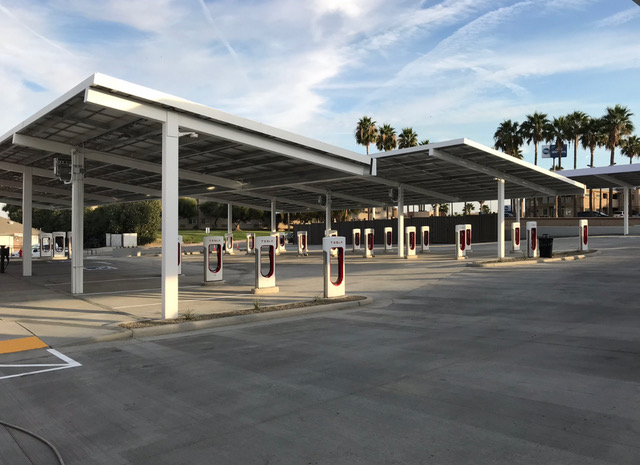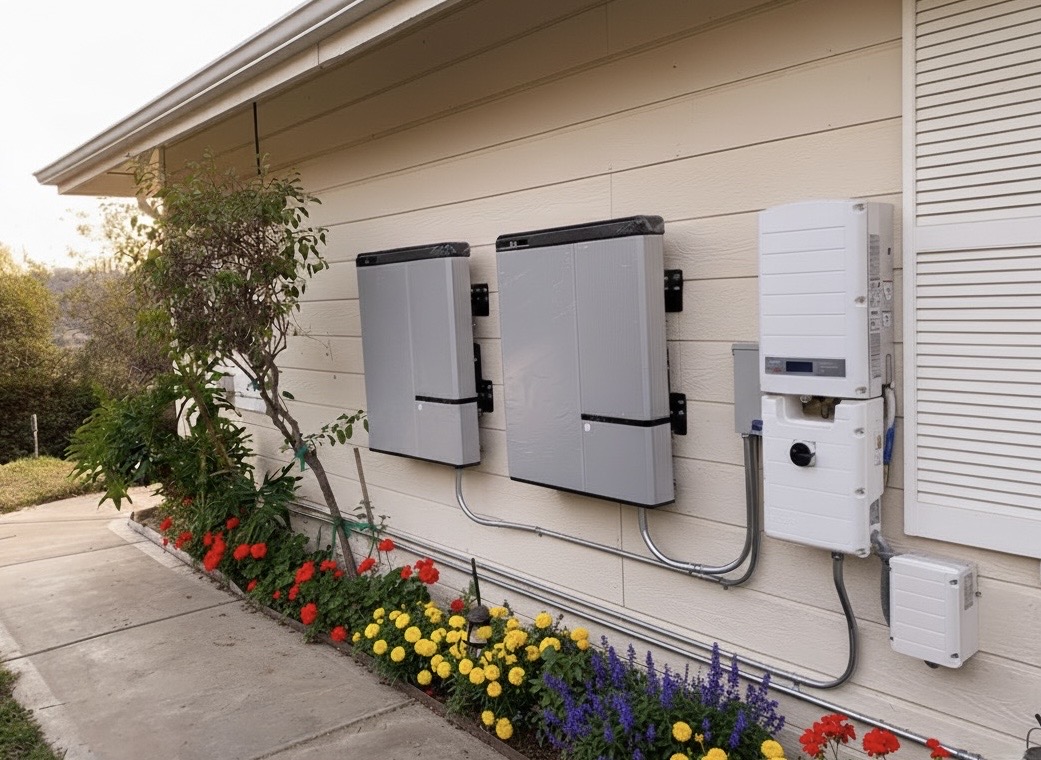Residential Backup Generator Installation in Santa Clarita
When summer temperatures climb past 100\u00b0F in Santa Clarita and power interruptions strike—often during peak cooling demand—a residential standby generator isn't a luxury, it's peace of mind. Shaffer Construction, Inc. designs and installs code-compliant backup power systems tailored to master-planned neighborhoods from Valencia to Canyon Country, and custom homes along Sand Canyon and Placerita Canyon. Whether you live near Six Flags Magic Mountain, shop around Westfield Valencia Town Center, or work from home near Golden Valley Road, we make sure your essential circuits (or entire home) stay powered automatically. We handle the entire process—sizing, permitting, installation, and testing—so your family can keep the A/C, internet, refrigeration, medical devices, and security systems running without disruption.
Our Work



Benefits
Prepared for Future Needs
We design generator systems with modern load management and monitoring so your home is prepared for today and tomorrow. Automatic transfer switches with intelligent load-shedding keep major appliances online without oversizing the generator. We offer Wi‑Fi monitoring through platforms like Generac Mobile Link and Kohler OnCue, enabling alerts, runtime logs, and proactive maintenance. Our designs are scalable—add a second A/C circuit, an EV charger, or even integrate future battery storage without reworking the entire system.
Permitted, Inspected, and Safe
Shaffer Construction handles all permitting and inspections with the City of Santa Clarita Building and Safety Division. We design to the 2022 California Electrical Code (CEC), NEC Article 702 for optional standby systems, NFPA 37 for engine installations, and NFPA 54/58 for gas/propane. We verify clearances, grounding, and bonding, and install service-rated transfer equipment to prevent backfeed into Southern California Edison’s grid. We also prepare HOA submittals with spec sheets, site plans, and sound data to meet community guidelines.
Skilled, Dependable Workmanship
Our installations pair manufacturer-certified techniques with high-grade materials: copper THHN/THWN conductors in EMT or Schedule 40 PVC, NEMA 3R enclosures, anti-vibration isolation pads, and precision-poured concrete generator pads. We size feeders at 75°C ratings per equipment specifications, install service-rated automatic transfer switches, and bond/ground to current standards (including Ufer or ground rods where applicable). From gas line sizing to seismic anchorage, we build for reliability, quiet operation, and long service life.
Custom Solutions for Your Home
Every Santa Clarita home is different. We start with a load study of your actual appliances and A/C tonnage, then model either whole-home or essential-circuits backup. We draft a site plan that balances code-required clearances, HOA visibility requirements, and noise at property lines. Gas/propane lines are sized by BTU demand and length to maintain proper pressure. You’ll receive a clear proposal with equipment options, noise ratings, and a phased path for future loads like EV charging or a second condenser.
What We Offer
Frequently Asked Questions
What size generator do I need for a Santa Clarita home with two A/C units?+
We begin with a load calculation that includes A/C tonnage, compressor LRA, and starting currents for both condensers. Often, a 16–22 kW unit with load-shedding modules can run both systems by sequencing starts, while a 10–14 kW unit may cover essentials and one A/C. We’ll model scenarios so you can compare whole-home versus essential-circuit coverage and choose the best value.
Will my HOA in Valencia or Bridgeport allow a standby generator?+
Most HOAs allow generators with conditions: approved locations, screening (landscaping or enclosures), and adherence to sound limits. We prepare a submittal with site plan, elevations, equipment data, and sound ratings. We also suggest placements that minimize visibility and noise at property lines. Obtaining HOA approval before city permits typically shortens the overall timeline and avoids rework.
Can my existing gas meter support a generator, or do I need an upgrade?+
We calculate total BTU demand (furnace, water heater, cooktop, pool heater, and generator) and compare it to the meter’s capacity and service pressure. If the meter is undersized, we coordinate with SoCalGas for upsizing and verify piping size and length to maintain proper pressure under load. For properties without adequate natural gas, propane is a reliable alternative with appropriately sized tanks.
How loud are residential generators, and how do you manage noise?+
Modern residential generators typically operate in the mid‑60 dB(A) range at 23 feet—about the level of a normal conversation. We reduce perceived noise by placing units away from bedroom windows and neighboring patios, using manufacturer-rated enclosures, and orienting the exhaust properly. We’ll verify compliance with local noise ordinances and HOA rules and provide sound data during design to ensure approval.
How long does the permit and installation process take in Santa Clarita?+
After our assessment, design takes 2–4 days. The City of Santa Clarita’s permit review typically runs 1–3 weeks, depending on workload and HOA timing. Installation is usually 1–2 days, followed by commissioning and a final inspection. Most projects are completed within 2–5 days of on-site work once permits are in hand, with total calendar time largely determined by permitting and HOA approvals.
Related Services in Santa Clarita
We Also Serve
Ready to Get Started?
Contact us today for a free consultation and quote on your electrical project!
Contact Us